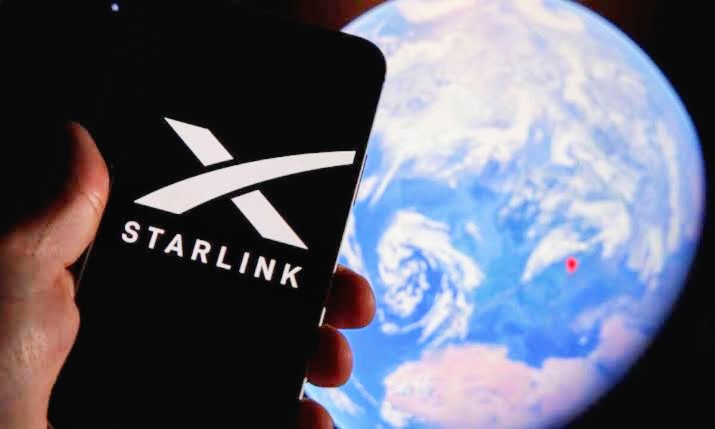SpaceX Makes First X Post From Space
Elon Musk’s SpaceX has announced the successful transmission of its inaugural X post from space using Starlink’s direct-to-cell satellites.
The achievement marks a crucial step as the company gears up to introduce its mobile phone service later this year, with the ambitious goal of eliminating cellular dead zones globally.
“This post was sent through a SpaceX Direct to Cell satellite in space,” the post read, which ended with an emoji of a satellite and had a timestamp of 1 a.m. EST.
So cool SpaceX
pic.twitter.com/q7jxgsebn1
— Tesla Pablo
(@pablo9948967714) February 26, 2024
SpaceX engineer and co-leader of the Starlink Direct to Cell program, Ben Longmier, verified that this marked the team’s inaugural X post through the satellites.
The SpaceX team just completed the first post on X from a phone to one of our Direct to Cell satellites!
This was the tree cover in a small valley in the Santa Cruz Mountains earlier in the day when we were exchanging some DMs on X. https://t.co/KFl1fZ9pvH pic.twitter.com/pzveDbSn8P
— Ben Longmier (@longmier) February 26, 2024
It remains uncertain whether Longmier’s post or the team’s direct messages were also transmitted through the satellites. Additionally, it is unclear if the SpaceX post originated from the same location and under comparable forested conditions.
Musk congratulated the team on the achievement and said the post “was made from a normal mobile phone straight to a SpaceX satellite, with no special equipment in between!”
“The team is really making progress,” Longmier said in response to Musk’s X post celebrating the milestone.
“Also interesting that these sats have by far the strongest cell signal at my house, just 15 miles outside the heart of Silicon Valley,” Longmier added.Musk and SpaceX transparently outline their intention to provide global internet coverage via their expanding Starlink satellite constellation.
This post was made from a normal mobile phone straight to a SpaceX satellite, with no special equipment in between! https://t.co/rjry9vr5zj
— Elon Musk (@elonmusk) February 26, 2024
While Starlink currently extends its internet services to the public, including its deployment in Ukraine amid the conflict with Russia, specialized equipment like a satellite dish is necessary for access.
The Direct to Cell program strives to enhance accessibility, aiming to deliver cellular networks and internet services directly to mobile phones without the requirement for specialized equipment.
SpaceX successfully deployed its initial Direct to Cell satellites in early January, followed by the transmission of the company’s inaugural text messages through Starlink satellites a week later.
Musk cautioned that while the service may not rival terrestrial networks, its primary purpose is to address cellular dead zones, providing connectivity in areas with unavailable or weak signals.
SpaceX has partnered with T-Mobile to introduce its service in the United States, marking the initial country for its rollout. T-Mobile confirmed that the “vast majority of smartphones” on its network in 2022 are already compatible with the technology.
Starlink intends to launch a text messaging service this year, with broader offerings like voice, data, and Internet of Things (IoT) services set for a 2025 release.
While a global release is in the company’s future plans, it has already established partnerships with telecom operators in various countries, including Chile, Peru, New Zealand, Australia, Canada, and Japan.




Comments are closed.